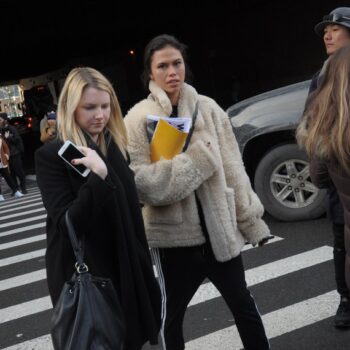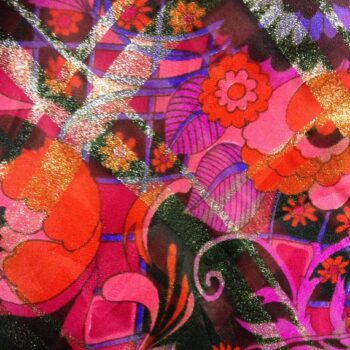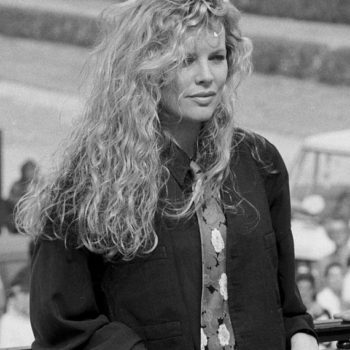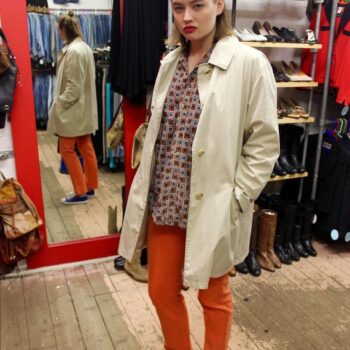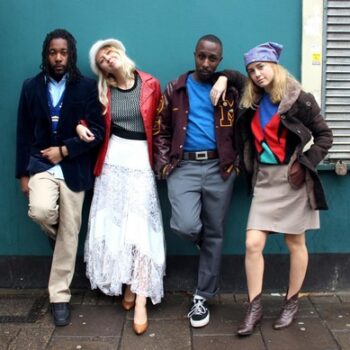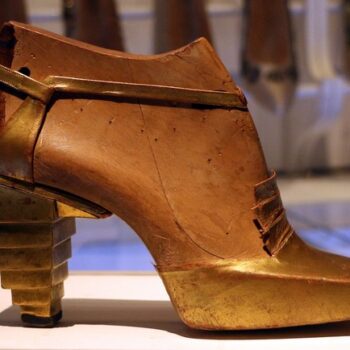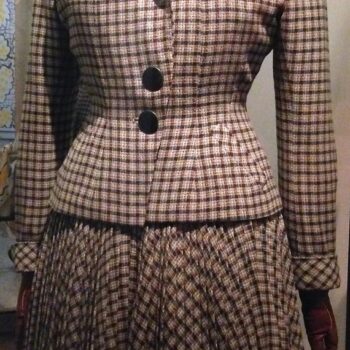Amazing Shoe Designers – André Perugia
June 8, 2019André Perugia was one of the first celebrity shoe designers. His creations were witty, elegant, daring and impossible looking. He designed shoes without heels or with towering ones, shoes that looked like you were balancing on a spring or blade of metal, shoes in the shape of fish and shoes in the shape of feet.
He was inspired by Cubist art, making homages to Pablo Picasso and George Braque, as well as Surrealist artists like Rene Magritte. He worked with Paul Poiret, Salvador Dali, Elsa Schiaparelli, Christian Dior, and Andy Warhol. André Perugia designed shoes for plays and movies, and was mentioned in many books. His peak period was from the 1920s until his retirement in 1970.
Born in 1893, André Perugia originated in Nice, France, from Italian parentage. His father had a shoe workshop in which the young André worked before setting up his own shoe shop in Nice. Soon, his ambition and beautiful shoes lead him to leave home at the age of 16 in 1909 to open a shoe shop in Paris. The shoes he sold were all his own design and work.
He soon attracted the attention of the couturier Paul Poiret, and began to make shoes for the designer to go with his collections. This collaboration shot the young cordwainer to fame.
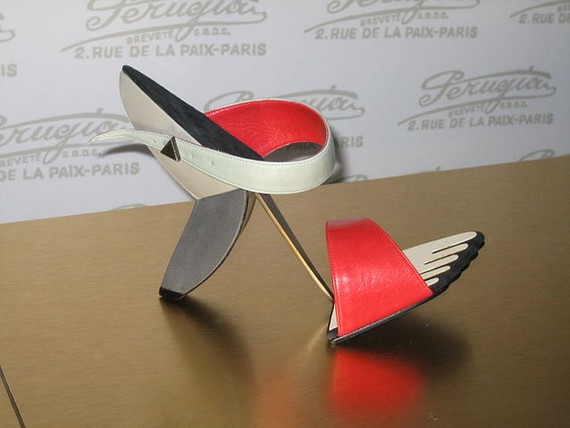
Shoe designed by André Perugia
André Perugia – Aircraft Design Inspiration
During the First World War, André Perugia worked in an aircraft factory. There he learned about engineering. After the war, he took the technical skills from a completely different discipline and applied them to his shoes to bring them to another level. This is how he achieved the very non-traditional heel placements, by thinking outside the box and knowing about weight distribution and the materials that would support it as well as where to place the support. He combined this with his artistic skill to make the result of a very well engineered shoe look airy and effortless. “A pair of shoes must be perfect as an equation and adjusted down to the last millimetre, like a piece of engine,” he said.
Complicated calculations
But these complicated calculations didn’t give André Perugia feet of clay. On the contrary, he was known as a very funny and eccentric personality, who talked to his shoes as he made them. He was also handsome and dapper, with an “Old World”, gentlemanly charm. He believed that the way to unveil a woman’s personality was to study her feet. “From the foot” he said, “you can tell a woman’s culture and breeding. Her face may be changed by cosmetics, but her foot is inevitable.”
By the 1920s the stars of the Folies Bergere came to him. Queen of Vaudeville Mistinguette, who was known for her legendary legs wanted André Perugia shoes to crown them. He shod Josephine Baker with sandals that echoed her turbaned hats, and movie idol Gloria Swanson got black lace shoes. Pola Negri was a repeat customer as well. It was in the 1920s that he started his long association with the shoe manufacturers I. Miller. It was also around this time that, knowing full well their originality, he started patenting his models.
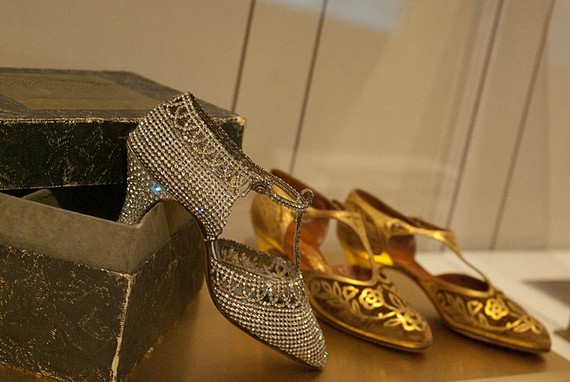
The rhinestoness are each individually claw-set, rather than simply glued onto the backing.
André Perugia and Elsa Schiaparelli
Elsa Schiaparelli was known for her witty and original designs too. To create them, she often worked with artists, many of whom were her friends. She also needed to work with skilled artisans to actualise her ideas. André Perugia was one of these. Their first “collaboration” needed no input from the famed shoemaker, however. Schiaparelli owned a pair of Perugia’s neat black laced pumps. She used this as the basis for her 1937 “Shoe Hat”, a collaboration with Salvador Dali.
Later on, in 1938, André Perugia worked with the designer directly in creating the famous Monkey Fur Boots in which the boot is swathed in long silky hair. It was inspired by a Rene Magritte paintings which the two designers decided to recreate. He worked with her again in 1939 with her futuristic-looking Three Sphere Sandals. Their shared sense of humour allied to Perugia’s serious skills in making these ideas come to life was a perfect partnership.
Horizontal spheres
The sandals designed for Schiaparelli featured horizontal spheres, arranged a bit like a roller-skate. In 1934 André Perugia had stacked the sphere vertically. The design was so timeless that it reappeared in 1950 in a pair of high heeled mules made especially for Eartha Kitt for the grand opening of a new nightclub called Le Perroquet. “I had received a completely new wardrobe from Jacques Fath, who adored my body. […] This evening I had a white silk satin dress trimmed with egret feathers, with a matching coat. Shoes made especially for me by Perugia were paid for by Fred and her brother.” Kitt recounts in her autobiography.
From 1960 until 1966 André Perugia acted as the consultant to Charles Jourdan. He left his personal archive to the company in his will. In 1970 he retired. He wrote a book about his craft, entitled “From Eve to Rita Hayworth”.
André Perugia – International Collections
André Perugia died in 1977, aged 83. His designs still look fresh and startlingly original today, and they live on as a source of inspiration for any designer looking to make fashion headlines. Examples of his shoes are in the collections of the Bata museum in Toronto, in the Met in New York, in the V&A museum in London, and in the Kyoto Costume Institute, among others.



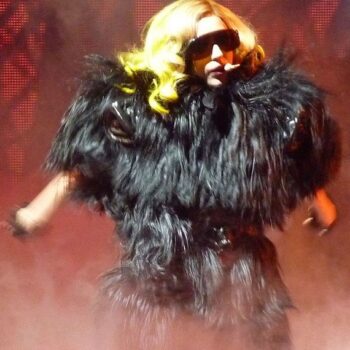

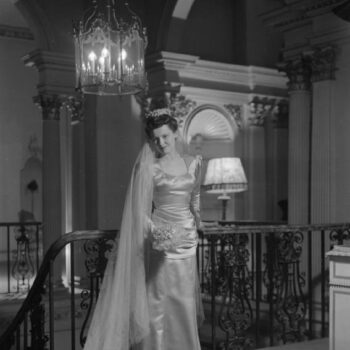

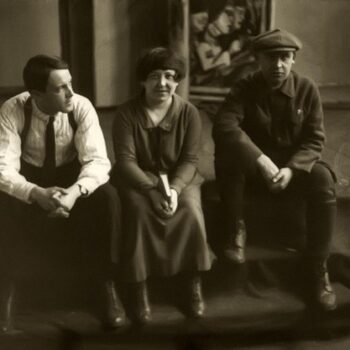
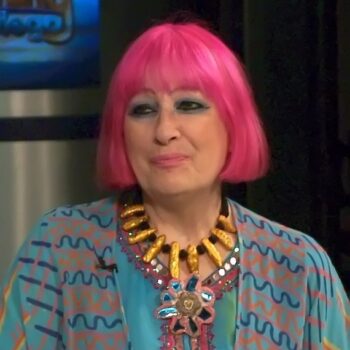
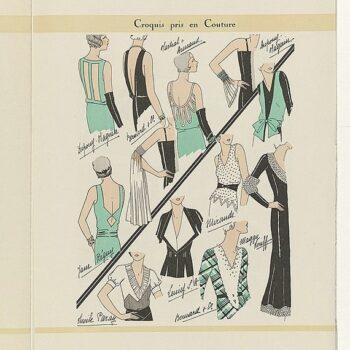
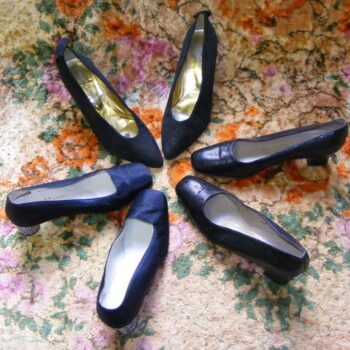
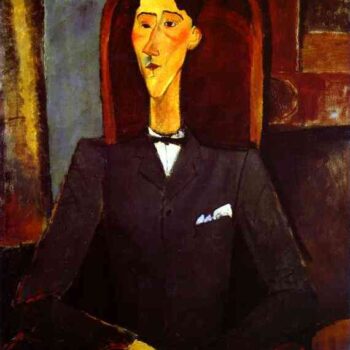
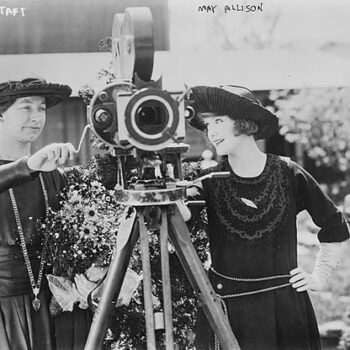
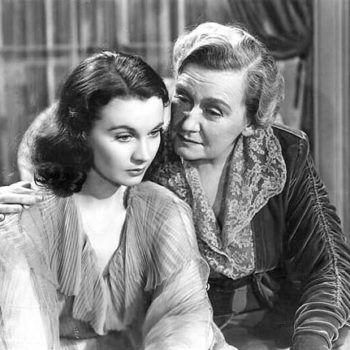
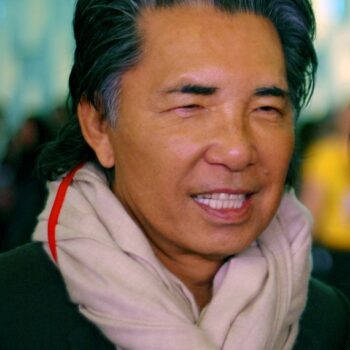
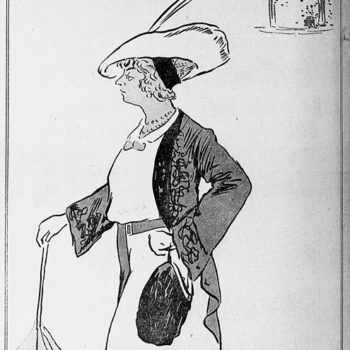

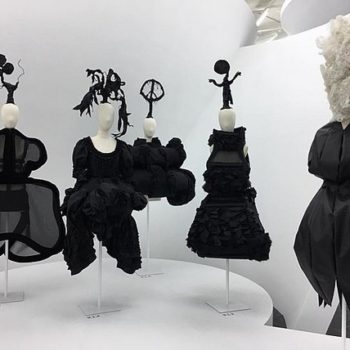
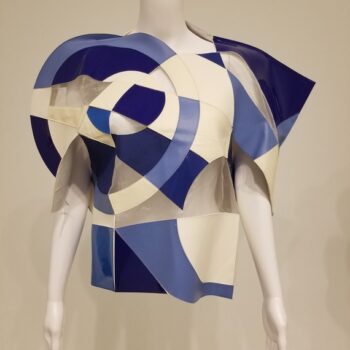

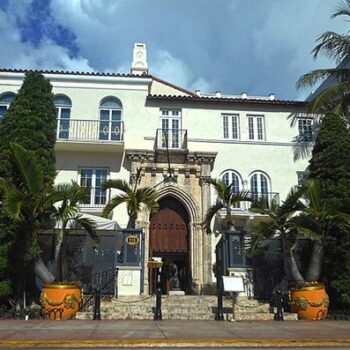
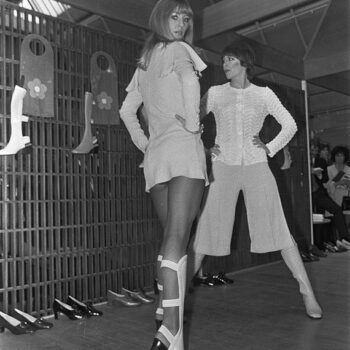

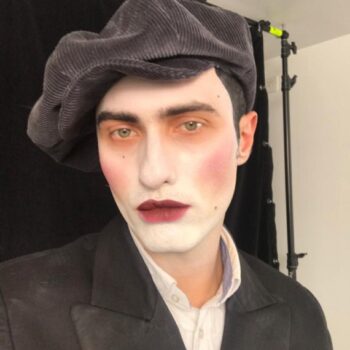

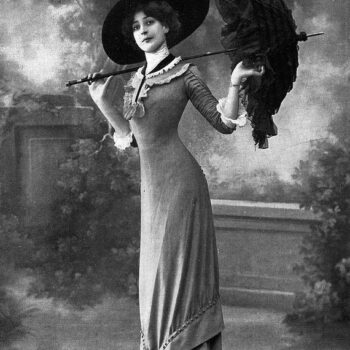
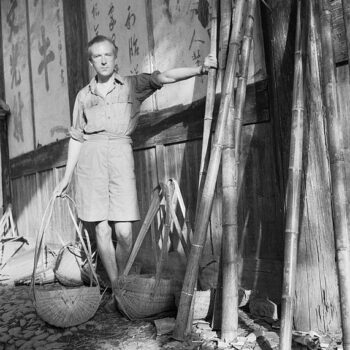
![Azzedine Alaïalogo. By alaia.fr (alaia.fr) [Public domain], via Wikimedia Commons](https://www.blue17.co.uk/wp-content/uploads/2017/11/Azzedine_Alaïa__Alaia__corporate_logo-350x350.png)
